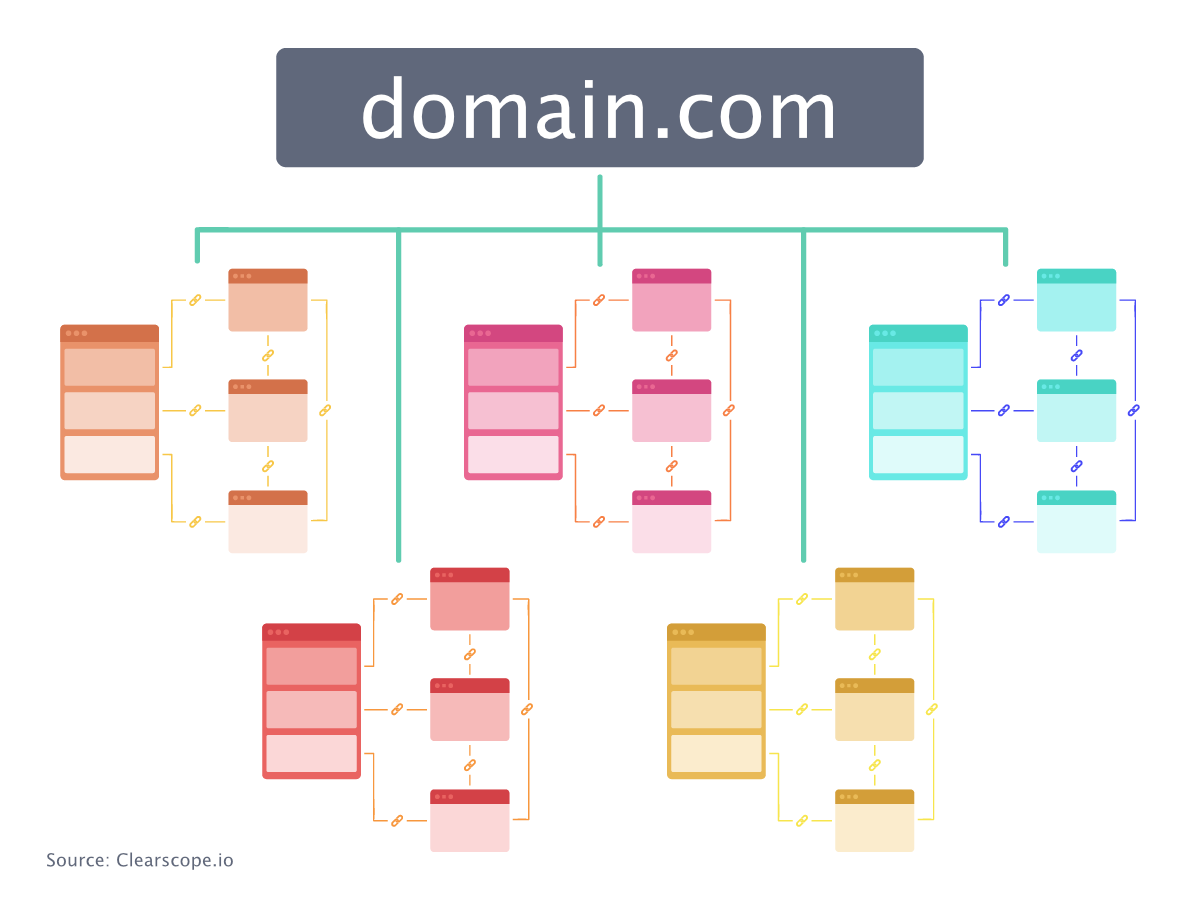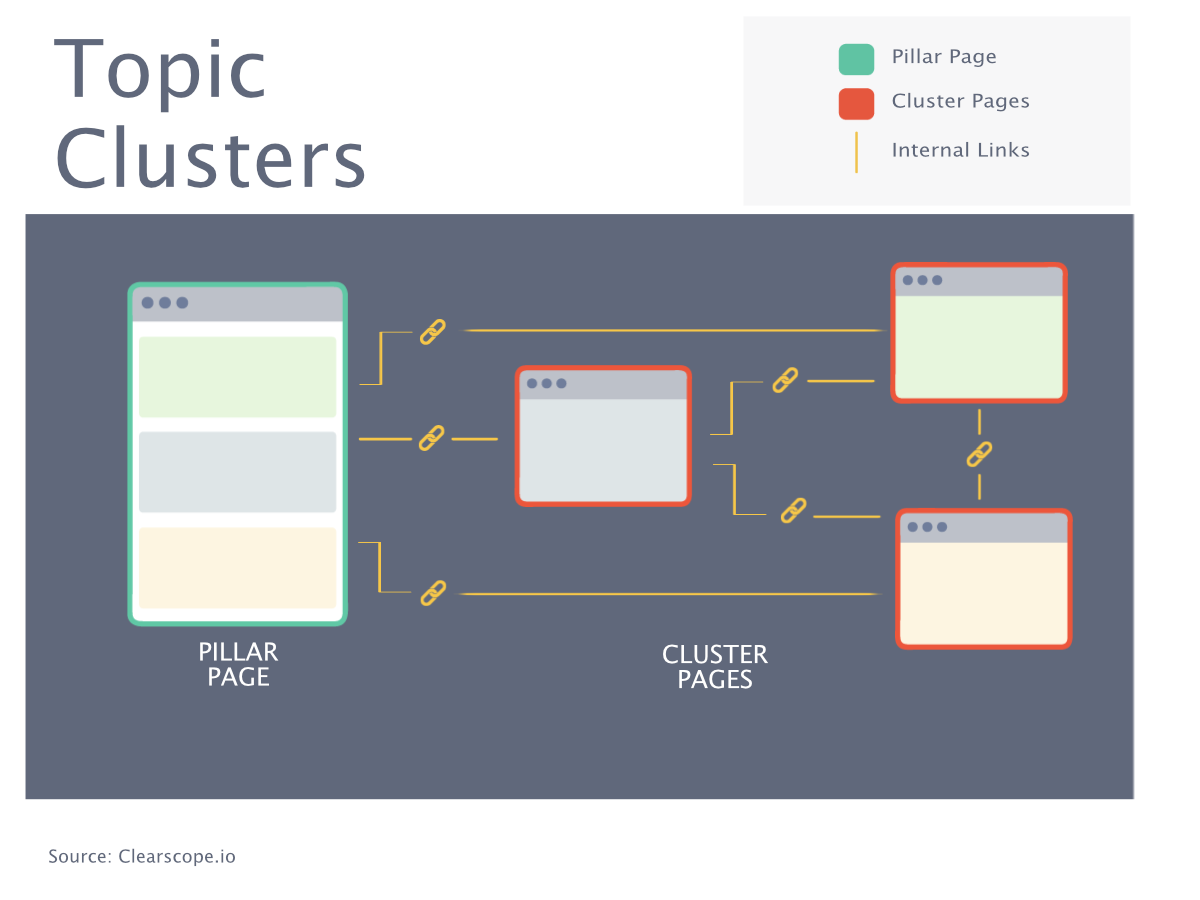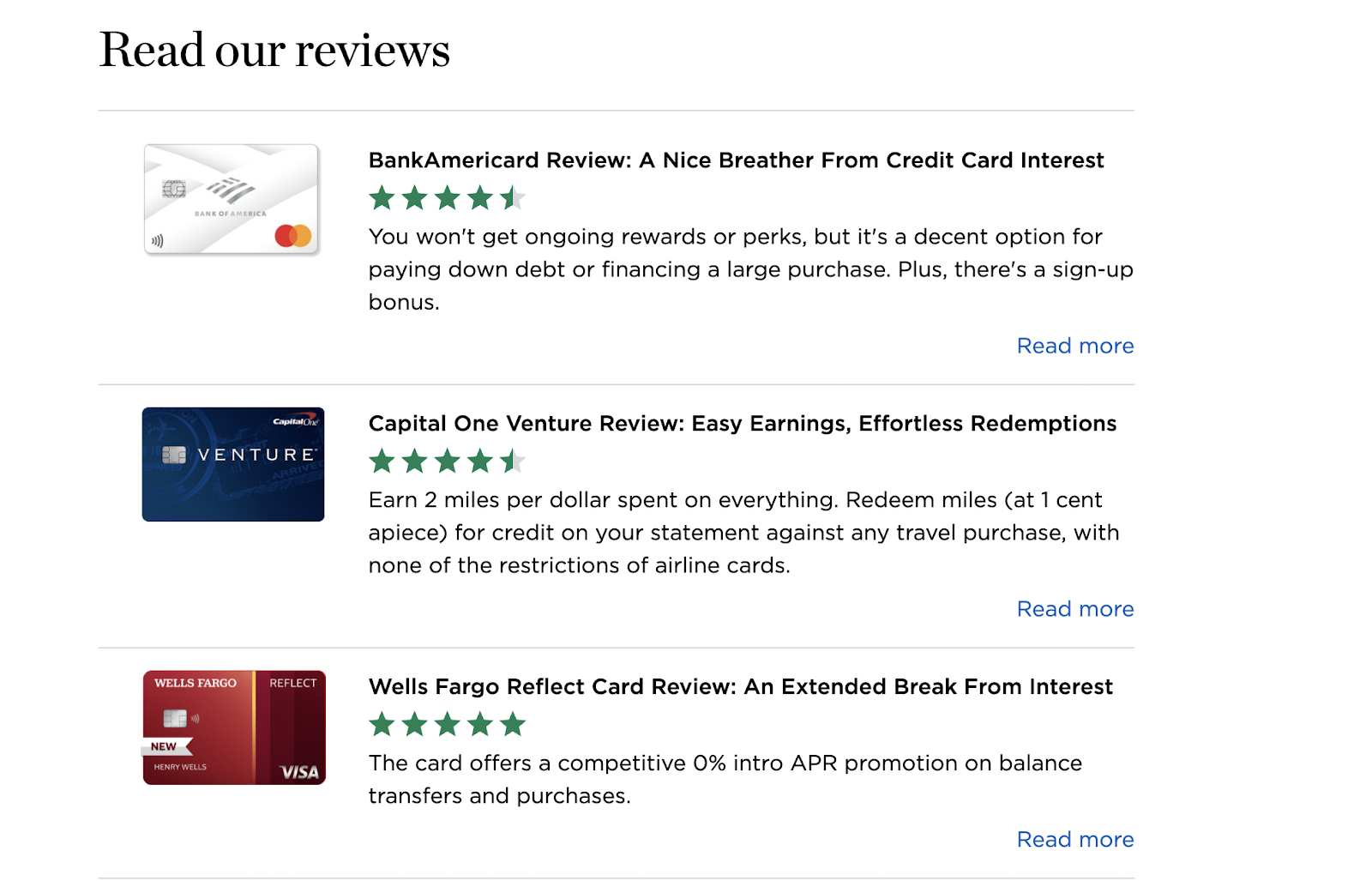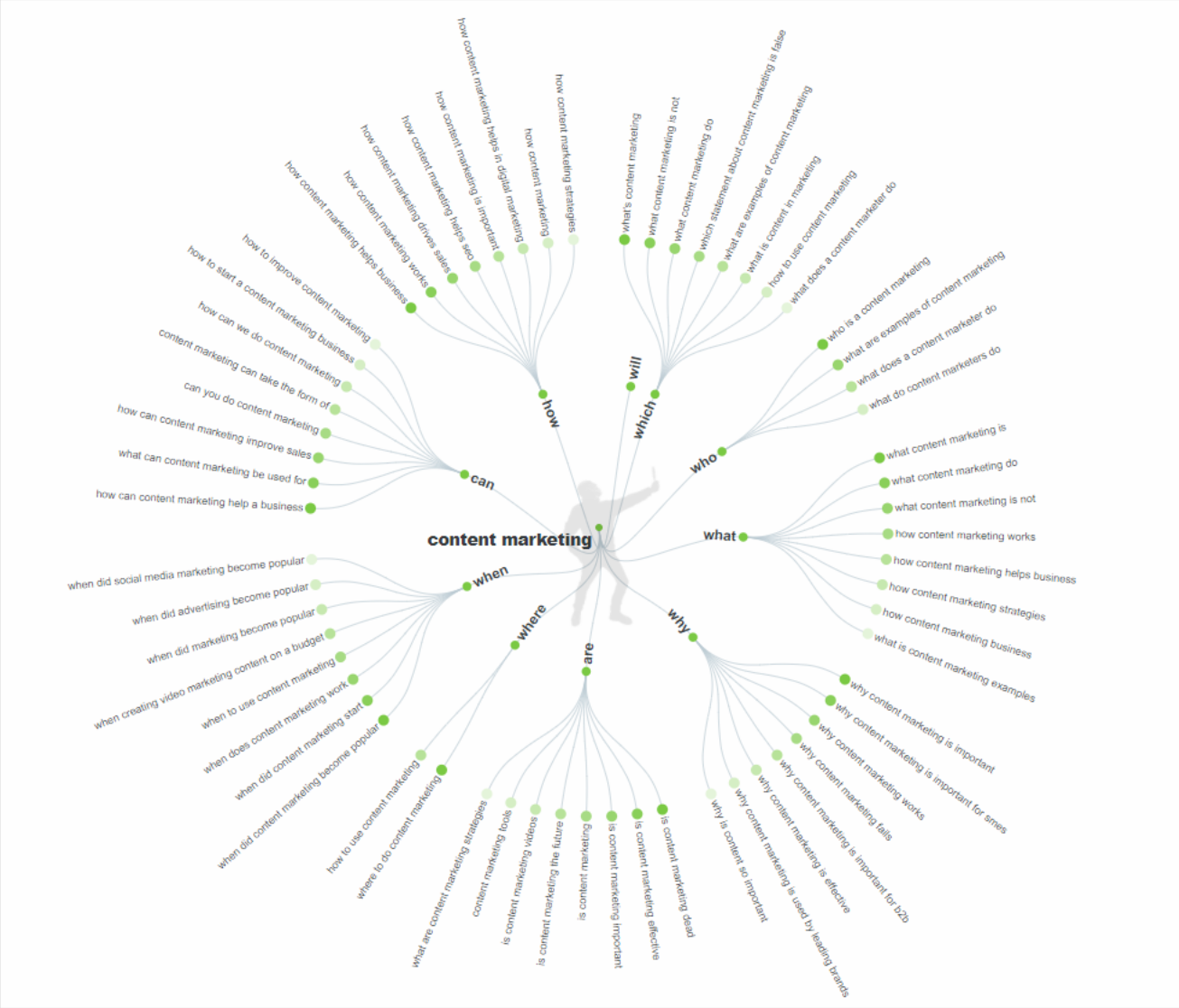Topic Clusters: What Are They? Do They Help Your SEO? (with Video)
Topic: SEO
Published:
Written by: Bernard Huang
Topic clusters are the key to a successful content marketing strategy. And if done correctly, Google will reward you with readers.
There is still a lot of value in creating high-quality content and using the proper keywords. However, Google now wants to know that you are an authority in your field because so much knowledge is available online.
This is why your material should be organized into pillar pages and subject clusters to establish your authority.
Let’s get on the same page: Hub and spoke, topic cluster, the parent page.
The content marketing strategy known as the "hub and spoke model" creates a subject cluster around a single article. The wheel's spokes and hubs inspired the hub and spoke paradigm, which gave rise to the phrase.
The pillar page of your subject cluster is the parent page. Details regarding the subject matter you intend to discuss are contained on this page. These pages are connected to and from all of the other topic cluster pages
Links between related sites are known as topic clusters.
Let’s dive in about what makes the topic cluster essential to building a digital marketing strategy.
What are topic clusters?
A topic cluster is a group of interlinked web pages centered on a big piece of content known as pillar content.
HubSpot Research revealed the topic cluster methodology, often known as the pillar-and-cluster technique, in 2017.
To keep people on your site, the pillar content covers a broad topic and provides various internal linking opportunities to other pages within the pillar content that targets a particular subject.

There are numerous advantages to using the topic cluster paradigm, such as the following:
Streamlined content delivery. Pillar pages allow you to organize your material in a way that makes sense to you and your reader. Using pillar pages, you may organize your blog around a series of related posts.
Improved search engine optimization (SEO). In the long run, this strategy will help your blog's SEO by establishing your expertise in a specific topic.
Accelerated content creation. With all of your research already in place, topic cluster pages are a breeze to put together because they all share the same pillar page.
More in-depth content. Make sure your content doesn't have any gaps or overlaps. For example, if your pillar page discusses search engine optimization, the cluster pages could discuss main topics such as choosing the right keywords or the basics of writing SEO pages. So, your original blog will not go into too much detail about these subjects.
Why are topic clusters important to search engine optimization (SEO)?
Google needs to know if your web pages are both relevant and authoritative in comparison to your competitors. That’s why topic clusters are so important for driving organic traffic to your website.
It's no longer enough to just include keywords in a web page's content when assessing its position in Google. It searches for synonyms, subtopics, and even answers to frequently asked questions about your industry when a user is looking for information about it.
Consequently, many SEO professionals' content strategies now include topic clusters as an important component.
In SEO, a topic cluster is a group of related topics, such as:
Pillar content with a high volume of search intent for the phrase;
A slew of closely linked articles, each having a narrower focus and lower competition;
Internal and external linking within and between the pillar's content and other relevant pages.
Topic clusters show Google that your website has industry expertise and offers a breadth of helpful, in-depth material about significant themes in your industry, and it also helps Google comprehend the hierarchy of your website and how your content interrelates.
The truth is that most companies specialize in more than one area. It's a good idea to start thinking about topic clustering while building your website instead of merely using keywords.
Why are topic clusters important to your content strategy?
When it comes to improving your search rankings for broad keywords, topic clusters are an excellent long-term strategy.
Even if a website’s content is excellent, most websites start with a low Domain Authority and can't rank for highly competitive keyword terms.
This is where topic clusters can help in enhancing your content marketing campaign, allowing you to gain greater authority with your audience.
How does this happen?
Well, it's nearly impossible to rank for a single keyword these days, therefore clusters allow you to target entire topics and thus raise the number of interlinked pages.
Topic clusters can help your site rank for less competitive keywords and drive traffic right away. It is possible to compete for competitive keywords when more people recognize your site's authority, and your domain authority grows as a result.
Topic clusters also make it easy for visitors to move around your website and locate the subject matter they're interested in.
In terms of Google's bots, they have a faster time finding all the articles and figuring out how to rank them properly. If you're targeting a competitive short-tail keyword, your pillar content will rank higher, while your sub-content will rank higher for long-tail keywords.
For example, Moz's Guide to Content Marketing is a great example of topic clusters: a pillar content page links to narrowly defined subtopics, and each sub-content piece links to a pillar page and interlinks with one another.
The three main SEO objectives of topic clusters are as follows:
Increase your search traffic for long-tail keywords with lower search volume.
Perform better for more competitive terms.
Establish yourself as an authority in that field.
How To Create Keyword & Topic Clusters
Topic clusters are about providing a variety of content that revolves around a single term. To do this, you'll need one main keyword for the pillar article and a number of related terms as backlink content.
The difficulty of a keyword and its search volume play a role in topic clustering content strategy. It is important to brainstorm and arrange subtopics by low-search-volume keywords, including questions and long-tail ones, while the main keyword is a broad one with high search traffic.
Creating topic clusters on your website will help it rank higher in search results and be easier for your visitors to navigate. Keyword clustering has the following advantages:
Build expertise and authority in your industry area.
Improved search engine result page rankings.
Increased organic traffic.
Additional internal linking opportunities.
Keyword clustering and developing a content strategy around it are explained in the next paragraphs.
Step 1: Make a List of Your Keywords.
Researching keywords is the first step in keyword clustering. Make a list of the most important and specific keywords for which you hope your website will be discovered.
Identify all of the variations, long-tail phrases, and subtopics that people are searching for using that term.
A keyword tool may be used to find out what other people are searching for when looking for products and services like yours. To get started, look at what your competitors are currently ranking for in the search engines.
Use these data to determine which keywords are most valuable and should be used as the "core" keywords in your keyword clusters.
When you first start, a hundred keyword phrases are likely to indicate many different topic clusters that you may then develop further on your website.
When deciding which topics or subtopics to tackle, think about how important they are to your business and marketing objectives, then order them by search volume and possible traffic.
You only want to add keywords that will bring visitors who are truly interested in what you have to offer and are likely to convert to paying customers to your site.
You might also look for cluster ideas using SEMrush or Ahrefs' Keyword Explorer. Both generate a list of similar terms with their respective search volumes.
Step 2: Create Groups for Your Keywords
In time, you will begin to see trends in your keyword list as you accumulate more and more terms.
There are likely to be recurring terms and phrases that appear in searcher's requests. Clustering and grouping keywords can be accomplished in a variety of ways, as seen by these patterns.
In order to organize your list of keywords into groups, consider the following criteria.
Semantic Relevance
Semantic keywords are closely related to the original keyword, and as a result, they provide search engine spiders with more information about the topic and depth of the content. This data helps the algorithm that determines where a page ranks in the search results.
Search engines will be confused if you try to rank a page for a variety of unrelated keywords at the same time.
CPC and Search Volume
Your clusters' primary keywords should have a reasonable volume of searches, or you may end up optimizing for nobody.
Conversion potential is also a must which is why CPCs are important because they speak to their economic value.
Organic Difficulty
The authority of your site and the strength of your backlinks will play a role in determining whether or not you should target more difficult organic keywords.
Include in your clusters just those keywords for which your site has a reasonable chance of ranking.
These metrics will determine how efficient your keyword research is.
What makes up a topic cluster model?
Companies use the topic cluster model to streamline their content marketing strategy. Instead of focusing on keywords, Google’s SEO strategy emphasizes ranking for topics.
An intent-based approach rather than a keyword-based approach is a topic cluster model. Blog archives are simplified by focusing on one key topic, known as the "pillar" page or article.

Here are a few terms that you should be familiar with when it comes to the topic cluster model.
Pillar page
One of the most important parts of every website is a "pillar" page, which serves as the central hub for all of the site's content. The strength of pillar pages is derived from the cluster pages, much like the spokes on a bicycle wheel.
It is common practice to use pillar pages as the primary landing page for a content hub. Readers will be introduced or redirected to relevant topics as a result of your most important content themes. When used in a topic cluster strategy, they become echo chambers of context, relevance, and authority for search engines.
For pillar posts, the content is typically longer than the rest of the articles on a blog. Generally speaking, they are at least 2,000 words long. However, keep in mind that they are not only lengthy pieces of content but also quite thorough in their subject matter.
Cluster content
Using content clusters is a great approach to connect your content and search engine optimization strategy.
Creating a "cluster" of content based on a single topic is known as a "content cluster."
It's important to understand that the "Who, What, Where, When, and Why" of a particular transactional page (or pillar page) on your site are all addressed within the framework of a single "content cluster." In order to increase the authority of the transactional or pillar page, each of these blog entries delves deeply into the subject matter.
In the end, the goal is to model the entire cluster of material to be as relevant to your topic as feasible.
Internal links
Internal links are hyperlinks that point to (target) the same domain as the link's host domain (source). An internal link is a link that connects to another page on the same website.
There are three benefits to using these kinds of links:
A website can't function without them because it serves as the site’s navigation.
They help in the creation of a website's hierarchy of information and keep track of links to different pieces of content.
They help in the distribution of link equity (ranking power).
The content of a page is what search engines look for while compiling enormous keyword indices. You can't find all of the pages on your website without having a crawlable link structure, which allows spiders to explore the routes of your site.
Check out our On-page SEO guide for more.
Example of Topic Cluster
NerdWallet is a personal finance startup that aims to empower people to make better financial decisions by providing them with financial education. For example, whether a customer is seeking the best credit card or comparing their debt consolidation loan alternatives, NerdWallet's content provides information and tools that will help them in learning about and evaluating financial goods and services. Their content marketing approach is based on the company's aim to give customers fair, clear, and reliable information so that they may make informed financial decisions with confidence.

Source: NerdWallet.com
Their team has developed a series of content pillars in the form of "guides" to help you in managing your money in all facets of your life, ranging from insurance to vacation planning. Each guide serves as a central hub for hundreds of other articles that delve deeper into specific themes linked to the hub.

Source: NerdWallet.com
Credit cards are covered in the first section, which includes connections to some of their most popular and useful pages on the subject.

Source: NerdWallet.com
Following that, they actually begin providing you with their credit card evaluations right on the pillar piece, so you don't even have to click any further into their website.

Source: NerdWallet.com
A section dedicated to some of their greatest and most educational guides on credit cards is also included on their website.
There's little question that taking this method helps search engines better understand what the page and related sites are about. It also provides a better user experience for your reader.
And it's an excellent example of pillar content that isn't necessarily a blog post or a guide - but rather a "hub" of information. This strategy is being used by an increasing number of sites.
This comprehensive technique has allowed NerdWallet to rank towards the top of search results for every topic, and it has resulted in "16 million unique users per month last year," according to the company.
Implement a Topic Cluster Strategy
Let’s have a look at how to create a topic cluster strategy.
Choose the topic you want to rank
The first step is to choose the topic you wish to rank for on search engines. You should be able to cover all of the different components of one pillar page with this specificity. At the same time, it's wide enough to support many articles on the topic.
For example, "Content marketing" is an excellent topic, but there is too much to cover in a single blog post.

Source: AnswerThePublic
Content marketing, on the other hand, is so wide that you may write a variety of articles on it, such as "setting your content marketing budget" and "things to consider when selecting themes for your content marketing strategy." At the same time, you may write a complete article about content marketing that addresses all of the various issues.
Determine your content clusters
Your content clusters are the next step once you've narrowed down your topic. 5 to 10 is a reasonable range.
Here, AnswerThePublic is an excellent resource. Based on search queries, it compiles a list of the most commonly asked questions regarding the topic you select.
How do you create a topic cluster strategy?
When it comes to SEO, topic modeling is a key component, and we'll go into more detail about how to create and implement a content cluster strategy in this section.
Create cluster content before the pillar
First, you need to figure out how much existing material you have and how much content you need.
A content audit examines a website's content to see if it's making a positive impact on the overall performance of the site. This content includes your metadata, such as title headers and meta descriptions, as well as your articles and pages.
Here's how to conduct an audit in the context of pillar pages and topic clusters:
Create a list of all the topics you've covered.
Identify links that compete with one other in the SERPs (SERP).
Look for areas of duplication and voids in your topic's content.
Use a shared Excel or Google spreadsheet to keep track of current content and potential links within a topic cluster.
Every piece of content on your website should strive to achieve a couple of the following goals:
Increase the number of visitors to your website;
Help you in achieving a higher ranking on search engine results pages (SERPs);
Increase the time spent on your website and the number of pages visited by supporting current content (through internal linking);
Help in the conversion and selling of products;
Encourage visitors to return;
Increase your brand authority.
Identifying and eliminating content that is no longer useful to your website may be a good SEO move, especially if low-quality content is competing for the same keywords on a SERP with higher-quality content.
Consider the structure and start with the core topic. You'll know exactly how to refer to the most thorough cluster pages across your clusters if you start with them. Conversely, if you design higher-level pages before learning the fundamentals, such pages and sections may feel like placeholders that don't deliver actual value to consumers.
Before developing a pillar page, create cluster content to verify that you aren't replicating previous material on your site and allow for internal linking across the many topics.
Create Buyer Personas
People are the driving force behind search engine optimization. The first step to a successful SEO strategy is to analyze user behavior. Keyword research is just figuring out what people are looking for. Every time Google updates its algorithm, it does so in response to new patterns in user behavior.
To put it another way, there is no difference between the two. Consider who will be reading your website's material to get an idea of what themes should be the focus of your approach. And buyer personas are the best approach to getting to your customers.
Your industry may need the creation of many customer profiles. The buyer personas you've created should be examined in further detail. Ask yourself: What are the difficulties they are having? What are they struggling with? Identify five to ten key issues that a customer expects your company to resolve.
To lead your target audience from awareness to conversion, you must first identify your audience's demographics. When you sketch out the customer's journey, you can remove roadblocks and stay at the top of their mind along the way. To ensure you don't miss out on huge possibilities, cluster pages may be used to fill in the gaps in the process.
Internal linking and tracking of anchor text used
To fit the jigsaw together, you'll need to use links to connect your clusters and pillar pages. Every piece of cluster content should connect to the pillar page and the pillar page should be organically interspersed with links to cluster content.
Internal links are what give topic clusters their staying strength. In other words, the more strategic you are, the more traffic and conversions your clusters will bring to your site.
Search engine optimization relies heavily on internal links. However, when it comes to topic clusters, they play a dual role. The first benefit is that more information about your content is available to search engines. Second, all of the URLs in a cluster share PageRank between themselves via internal links. In this case, the value of the backlinks will be passed on more effectively to the other pages in your cluster if a few of them receive a lot of attention.
Adding internal links inside a subject cluster is all about placing them where they'll be most useful. If a term appears several times on a page, yet a separate part is devoted just to that subtopic, the link should go there.
To help you with your content audit, we've compiled a list of recommended resources.
Google Analytics
Using Google Analytics, you can track stats for each page on your site to see whether it needs to be repurposed, updated, or taken down.
Screaming Frog
Site audit tool Screaming Frog may help you uncover duplicate content, slow-loading web pages, broken links, and URLs that Google has banned. Page titles and metadata are analyzed for optimization, and statistics on visits, impressions, and conversions are collected.
Using Screaming Frog is the best way to get all the data you need. As a result, you'll have a simpler time analyzing the material and determining your next course of action.
Google Search Console
Using Google's Search Console, you can see how your website ranks in search results. Using Search Console, you can learn about your content's average position, the CTR (click-through rate) for each piece, and how many hits or impressions each page receives in search.
Review your existing content
Ensure that your present content is up to date, and then connect it to your pillar page. This allows you to make the most of the content you already have and fill in any gaps you may discover.
One area of your issue may have been well-researched, but a longer keyword phrase may have gone unnoticed by you. Notice these gaps. After some time has passed, you may use them to create new cluster content for your pillar page.
In addition to increasing your website's search engine visibility, a content cluster approach helps you generate new content ideas. You can readily discover any gaps in your content by using a topic-based content cluster approach.
Take a moment to reflect on the cluster's ultimate aim. You're attempting to collect a comprehensive library of material on a single subject. You may think that the more clusters you have, the less you have to write about them, but we've found that this isn't the case. In the course of writing about a subject, new questions and ideas are bound to arise.
Moreover, this is just for a single cluster. The more clusters you have, the more chances you have of finding content gaps inside those clusters.
Wrapping it Up
There is no question that using a content cluster approach is beneficial for those who regularly post new blogs or currently maintain a significant content archive since it allows you to improve both current and future content.
Long-form, high-quality pillar content attracts users at the beginning of the sales funnel. In the middle and bottom of the funnel, content pages clustered around related keywords target even more narrow themes than that. Your content and inbound marketing strategy becomes more structured and efficient when you implement a topic cluster model.
In addition, search engines are becoming better at identifying the semantic links between subtopics and primary topics. Your search engine optimization efforts will also benefit from the investment in topic clusters.
How to Write SEO Content that Ranks on Google
Learn how to write SEO content that ranks on Google.
Read more7 On-Page Optimization Tools to Create & Update Site Content
Our guide compares the best on-page optimization tools to research keywords, write SEO-optimized content, and improve rankings in Google search results.
Read more10 Essential SEO Content Optimization Tips for Marketers in 2023 and Beyond
Read our guide and discover ten SEO content optimization best practices to improve search engine visibility and drive more organic traffic to your website.
Read more